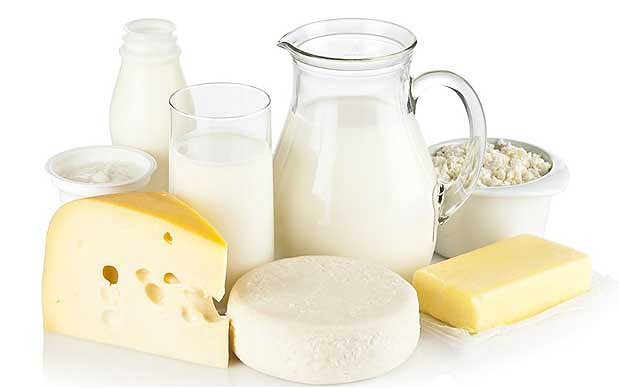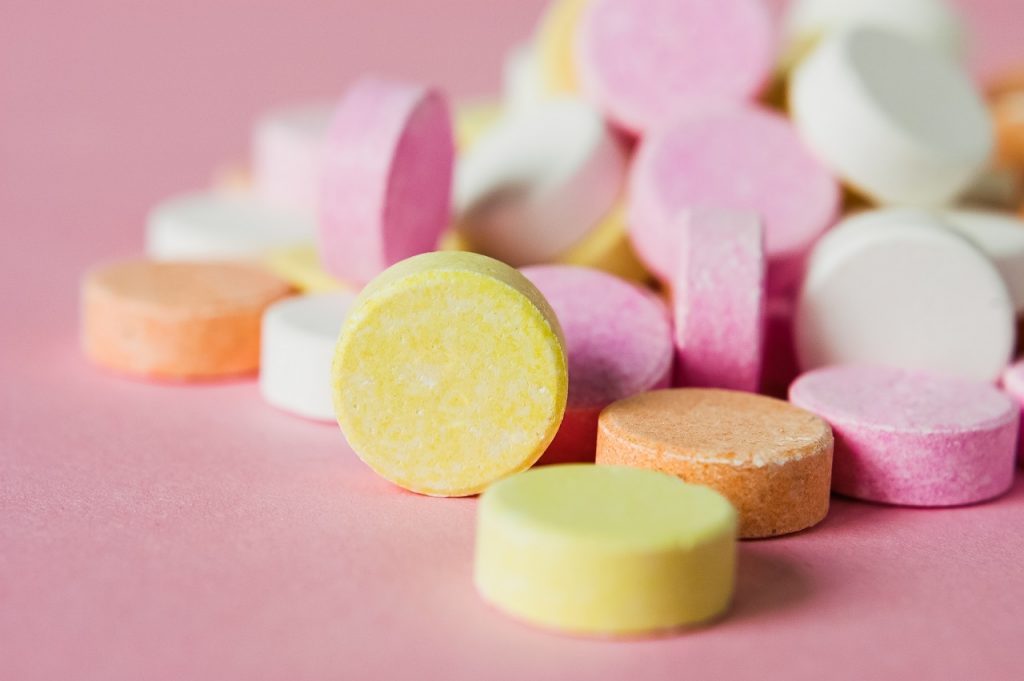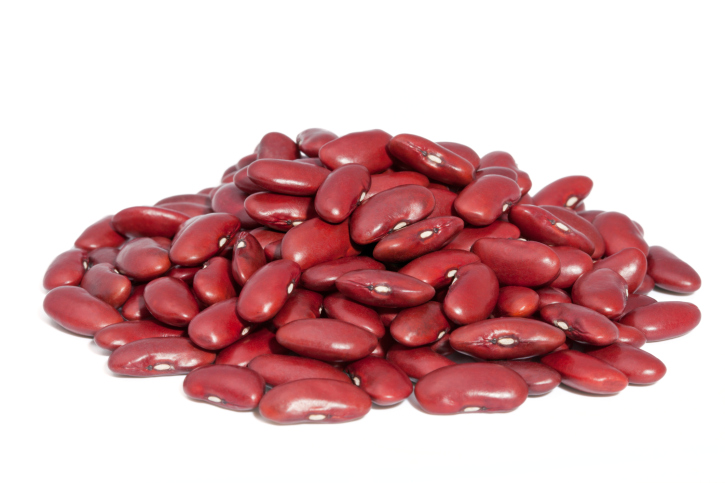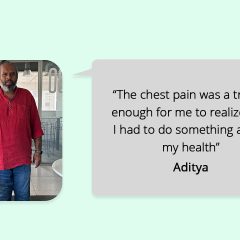
When Rohit came to me for consultation, he was suffering from hyperuricemia- a condition which is associated with high levels of uric acid in the blood. Increased levels of blood uric acid predispose to gouts and very high levels may lead to kidney failure. Uric acid is produced from the natural breakdown of body’s cells and from the foods rich in purines. Thus, in hyperuricemia, purine rich foods are avoided.
Though purines are present in all living things (and food) as they provide part of the chemical structure of our genes, some foods contain concentrated amounts of purines. For the most part, these high-purine foods are also high-protein foods and thus purine restriction gets wrongly translated as protein restriction in most cases.
A detailed discussion around Rohit’s food intake revealed that his diet was very low in protein. He was avoiding all pulses, milk and milk products and meat & eggs. In addition, to that, he was doing one hour of intense workout to reduce weight. He reported muscle soreness, weakness, and cramping which I could easily relate to his visible signs of protein deficiency – sparse hair, pot belly, and swollen hands.
Contrary to the notion that protein is necessary only in growing age, we need protein at every age for normal wear and tear of tissues. Most of the enzymes involved in important metabolic processes are proteins. Thus, like everyone, hyperuricemia patients too need this nutrient in adequate quantities.
Let’s make this complex protein -uric acid connection simpler through this guide on what to include and what not –
Dairy products – Not only do they provide good quality proteins, scientific studies have demonstrated that milk when taken in moderate quantities actually help in reducing and managing gouts. However, fermented milk products such as yogurt, buttermilk, curds and aged cheese have purines from the nucleic acids of the bacterial cells that proliferate during fermentation. They should be avoided. Non-fermented milk products such as cottage cheese, paneer, whey protein can be taken.
Eggs– The yolk of an egg contains the nucleic acids, but the egg white is pure protein without purines.
Nuts – Nuts are naturally low in purines and can be eaten daily by those on a low purine diet. Good sources of low-purine nuts and seeds include walnuts, almonds, flaxseeds and cashew nuts. Keep in mind that nuts are rich in calories, so eating too many of them could cause you to gain weight.
Pulses– Beans and pulses contain low to moderate amount of purines. However, researchers prove that purine from plant sources are less likely to harm and one serving of pulses per day can be safely taken by gout patients.
Meat – Meats including bacon, beef, pork, and lamb; Organ meats, such as brains, heart, kidney, liver, and sweetbreads; anchovies, sardines, herring, mackerel, and scallops are high in purine and should be avoided.
Epidemiological research has demonstrated that all purine-containing foods are not the same, and that plant purines are far safer than meat and fish purines in terms of gout risk.
Hope this information helps you meet protein requirements and lead a normal active healthy life on a low purine diet. For further information or guidance, reach out to our certified experts by subscribing to GOQii’s Personalised Health Coaching here.
#BeTheForce
 If you’ve ever suffered from heartburn, Zantac and Ranitidine might have been your knights in shining armor and if you’ve never had the misfortune of going through this, the aforementioned Over-The-Counter (OTC) drugs are used to cut down the production of acid in the stomach. There are many other OTC antacids such as Gelusil, that neutralize the acid in the stomach. While self-prescribing for relief from heartburn or GERD, have you ever considered that these antacids might actually be making your condition worse?
If you’ve ever suffered from heartburn, Zantac and Ranitidine might have been your knights in shining armor and if you’ve never had the misfortune of going through this, the aforementioned Over-The-Counter (OTC) drugs are used to cut down the production of acid in the stomach. There are many other OTC antacids such as Gelusil, that neutralize the acid in the stomach. While self-prescribing for relief from heartburn or GERD, have you ever considered that these antacids might actually be making your condition worse?




